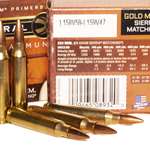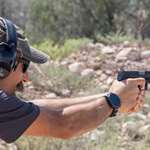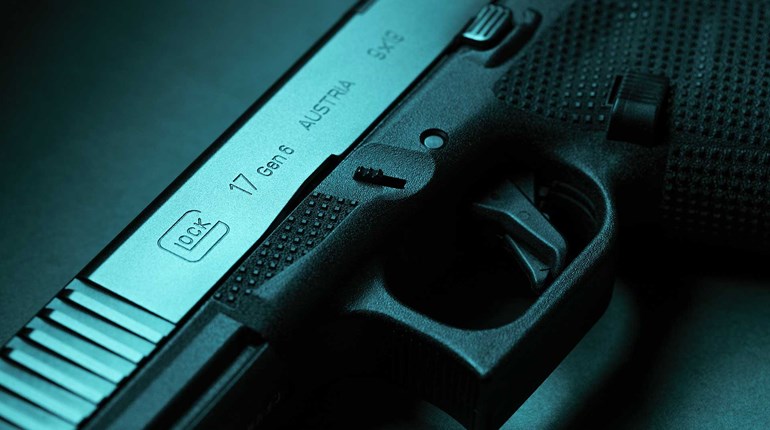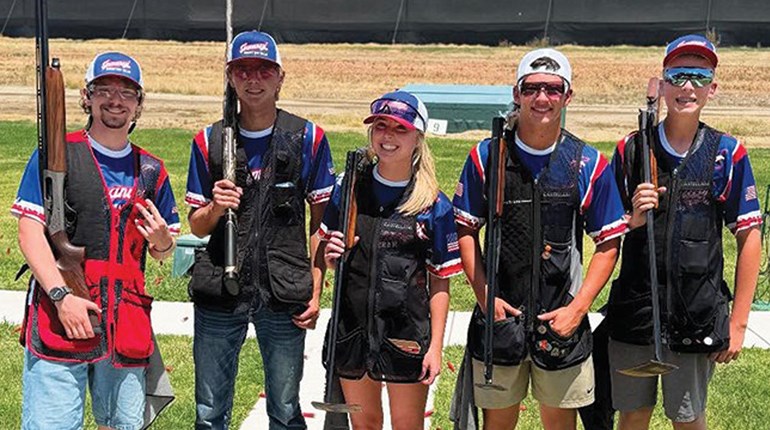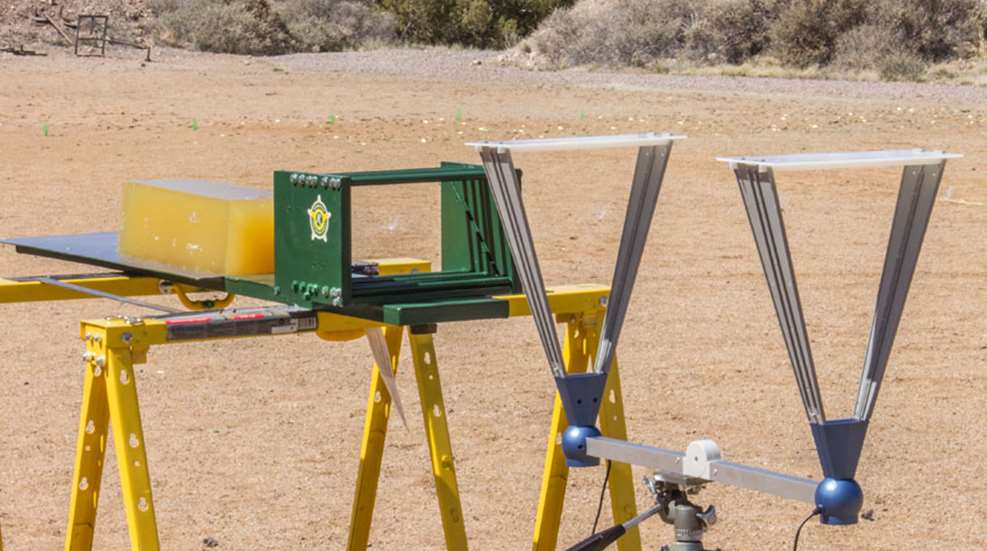
This arrangement is representative of what a gelatin testing session by the FBI looks like. It is good at predicting the terminal performance of the bullet, but not the reaction of the bad guy getting shot.
When it comes to terminal ballistics and defensive handguns, a lot of what’s taken as fact is based on speculation. This is primarily because the shooting of a human with a handgun is the initiation of a chaotic event. In other words, predicting a short-term result is at best a 50/50 proposition. Since a scientific study involving human test subjects—shot in high-adrenalin situations—is inconceivable, we’re left with attempting to simulate the physical damage and then speculate on the immediate outcome a defensive-handgun bullet might yield.
This desire and need to evaluate the terminal effects of defensive-handgun bullets led to the creation of ordnance/ballistic gelatin. This substance, which is scientifically correlated to swine muscle tissue (and in turn, suggests it’s comparable to human muscle tissue) was developed and improved by Dr. Martin Fackler. Fackler was the founder and head of the Wound Ballistics Laboratory for the Letterman Army Institute of Research. Though ballistic gelatin does not model the structure of the human body, many believe it works fairly well as an approximation of human tissue. Maybe so, maybe not, but it does serve as a consistent and reproducible test medium.
The most-commonly used formula produces 10-percent ballistic gelatin, which is prepared by dissolving one part gelatin into nine parts warm water. The process is not as easy as it sounds, but when done correctly produces gelatin blocks that can be certified to meet the handgun-ammunition-testing protocol of the Federal Bureau of Investigation (FBI). This protocol—though it has evolved over the years—came about due to a poorly placed shot from a 9 mm handgun, where the bullet failed to reach the vitals of a felon. In short, ordnance gelatin gave us the .40 S&W.
Since that cartridge’s introduction in 1990, and the resulted publication of all of the associated gelatin testing that revolved around it, a new, unorganized and mostly amateurish group of ballisticians emerged. For them, ordnance gelatin is the definitive litmus test when it comes to the lethality of defensive-handgun ammunition. These armchair scientists worship the results of ordnance gelatin testing, partly because of the FBI’s reliance on the concoction, and partly because of the complexities involved with the entire procedure. Essentially, the bureau’s un-admitted thought process is, if the protocol is too difficult for them to duplicate at home, it must be irrefutable.
I call those who live in this world “Jell-O junkies.” They’re folks who believe that ordnance gelatin holds all the answers. Hell, the FBI has all but said so. At one time I was a card-carrying member of this fraternity, and I, like many who still are, was of the opinion that reliable predictions about incapacitation could be made by looking through those urine-colored blocks of squishiness.
Because of the difficulty of producing and working with ordnance gelatin, other testing simulants have been developed. Labs, ballisticians and hobbyists often use different mixes of gelatin (like 20-percent instead of 10). Other mediums like wax, the protein-based Corbin Sim-Test, and most recently see-through blocks of a synthetic material from Clear Ballistics have become popular. Although Jell-O junkies consider results from anything less than FBI-approved ballistic gelatin to be hearsay, all of these mediums—and even plain water—can be very helpful for ballisticians when designing and developing defensive-handgun ammo. Truth be told, if a bullet has only been tested in one of these materials, it has not been thoroughly vetted.
This is because no single test medium or material can accurately simulate a human body, particularly if you consider all of the possible shot angles and bullet paths that could occur. For example, 10-percent ordnance gelatin is a quite soft and fragile material. You can take your fingers and dig right into any block. Twenty-percent ordnance gelatin is much tougher, but obviously not as tough as cartilage or bone. Beyond the physical interaction between a bullet and a human body, what cannot—and likely will never—be simulated is the immediate physiological and psychological affects from, and reaction to, bullet wounds.
Those who rely on defensive handguns for protection hope for—and in reality often expect—instant or ultra-fast incapacitation of an attacker. Sometimes this occurs because of structural or nerve damage to the body. Sometimes this occurs due to a subconscious or involuntary reaction to getting shot, and sometimes this occurs because of a voluntary reaction to the pain or the realization of receiving a bullet wound. Unfortunately, none of these occurrences—the most common causes of fast incapacitation—can be predicted with any certainty by any means.
I still conduct the terminal-performance testing of a lot of defensive-handgun bullets in various test mediums. It serves several purposes. It can show consistency of expansion and penetration. It allows for the corroboration of performance specifications offered by manufacturers. And, given the wealth of available data related to the testing of bullets in ordnance gelatin, it can provide a comparison against bullets and loads with a known history of actual performance in living flesh. What gelatin testing cannot do is tell you if your load will stop the bad guy before the bad guy stops you.
Gelatin testing and the results from it are only tools to be used. If you consider either anything more than an indication of terminal performance or lethality potential, you might be a Jell-O junkie—Don’t be a Jell-O junkie.




















